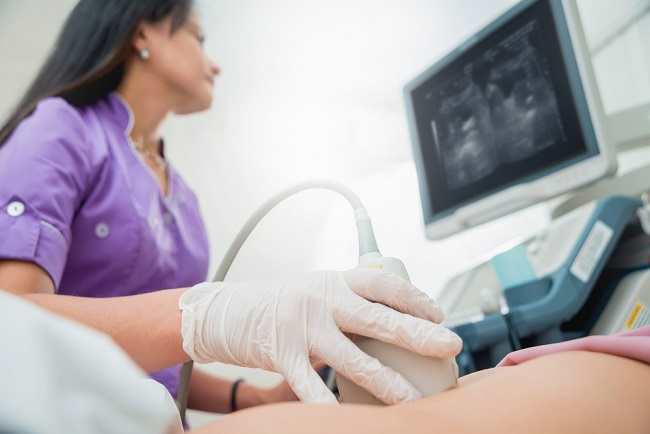Cimino or arteriovenous fistula is a minor operation to connect an artery with a vein. This procedure aims to make access to blood vessels for dialysis purposes.
Arterial blood vessels carry blood from the heart to the rest of the body, while veins carry blood from all over the body back to the heart.

The cimino procedure is performed on patients with chronic kidney failure who must undergo repeated dialysis in the long term.
Cimino indication
There are three types of access to blood vessels for dialysis purposes, namely: arteriovenous graft, central venous catheters, and arteriovenous fistula or cimino. Of the three types of blood vessel access, cimino is the best choice for patients undergoing dialysis or hemodialysis.
Some of the advantages of cimino over other vascular access are:
- Less risk of infection and blood clots
- The blood flow that cimino produces is most compatible with the dialysis machine
- Cimino lasts longer than other vascular access
Cimino's Warning
There are several things that must be known before undergoing arteriovenous fistula or cimino, namely:
- Fistulas or channels between arteries and veins created in cimino take 1-4 months before they can be used for dialysis. Therefore, cimino must be done at least 6 months before dialysis.
- The location of the fistula depends on which hand is dominantly used by the patient. In a left hand dominant patient, a fistula will be created in the right hand. Instead, a fistula will be created in the left hand in a right hand dominant patient.
- In some cases, the needle may fail to fit into the fistula because it is not ready for use. If this happens, the fistula may take several more weeks to be ready for dialysis.
- Failed needle insertion in the fistula can also be caused by a problem in the fistula, so surgery is required.
Before Cimino
Before performing the cimino procedure, the doctor will map the patient's blood vessels with the help of a Doppler ultrasound (USG). Ultrasound is done to determine the condition of blood flow and the veins and arteries to be joined.
Through Doppler ultrasound, the doctor can choose the exact location of the blood vessels for the cimino procedure.
Cimino procedure
The cimino procedure is performed by first administering local or general anesthesia, depending on the patient's condition. Especially in pediatric patients, the anesthesia given is general anesthesia, so the child will fall asleep during the operation.
After the anesthetic has worked, the doctor will make an incision on the wrist or on the inside of the elbow that is 2–4 centimeters long.
Next, the doctor will connect the vein with a nearby artery. The channel formed from the veins and arteries is called a fistula.
After the fistula is formed, the doctor will suture the incision, then cover it with a bandage. Usually, the entire cimino procedure lasts 2 hours.
After Cimino
The patient is allowed to go home after the Cimino procedure is complete, but avoid lifting heavy weights using the hand that has just undergone surgery. This aims to prevent bleeding in the fistula.
It is important to remember that the hand undergoing the cimino procedure should not receive injections, blood draws, and blood pressure measurements. The fistula area should also be kept dry until it heals.
Doctors will advise patients to do the following things after undergoing cimino:
- Set an adequate rest schedule
- Position your arms higher than your heart
- Keep the surgical wound dry until it is completely healed
- Taking medicines prescribed by a doctor
- Doing exercises by squeezing a rubber ball to help "maturation" of the fistula
- Check with the doctor regularly, so the doctor can know when the fistula is ready to use
Cimino Complications
Cimino is a safe procedure. However, in some cases, this procedure can lead to complications, such as:
- Infection, which can be characterized by fever, chills, and pain and redness in the fistula area
- Blood clotting disorders, which can be characterized by swelling in the arm and decreased skin temperature in the area of the fistula
- Impaired blood flow around the fistula area, which is characterized by numb, cold or limp hands, and painful and blue fingertips
- Bleeding that still occurs more than 20 minutes after dialysis is complete









